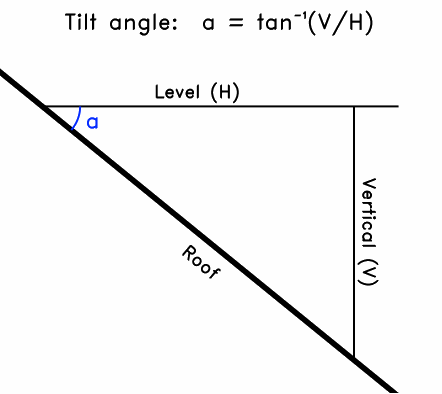Angle For Solar Panel Installation
A home solar array is only as useful as it is appropriately sized, oriented, and installed. A poorly-matched system installed in a suboptimal location can be a big disappointment, so it’s important to pay attention to a lot of little details when planning to go solar. Even if you hire a top-notch solar installer, someone who should know way more about solar panel angles and optimal panel orientation and array capacity than you do, if you want to get the best system possible for your home, it can pay to understand the ins and outs of producing. One of the key considerations when installing an array of solar panels, after assessing the structural soundness of the roof, is the direction that the roof is tilted, as well as the angle, or pitch, of the roof. A roof can be repaired or reinforced before installation if it’s damaged, but you can’t do much about the location, orientation, or pitch of the roof, short of moving to a new house, so knowing where and when and for how long the sun hits the potential location of the solar array is important. Because that is variable throughout the year, just as power consumption is variable throughout the day, it can be confusing when trying to pin down the ‘best’ solar panel angle and array orientation.

To get the most from solar panels. Effect of adjusting the angle, using a system at 40. Is the solar energy per day if the panel is fixed. Latex2e For Windows.
We’re all pretty aware that the sun appears to move through the sky during the day, from east to west, and that the days are longer (more hours of sunlight) in the summer, with shorter days (fewer hours of sunlight) in the winter. Anycommand Universal Ac Remote Control Manual. Archlord Game Client Pc. But there’s another variable when it comes to the sun’s energy, and that is the angle of inclination that the sun takes (its ‘height’ in the sky), which also shifts gradually throughout the year, so not only do we have to capture the most energy we can from a sun that’s moving across the sky, but one that’s also moving higher or lower in the sky, depending on the season. And all of those variables are affected by yet another one, which is the physical location on the planet, because depending on where your house is, the amount of sunlight your solar panels will receive on any given day will vary from another location, such as more to the north or south of you.